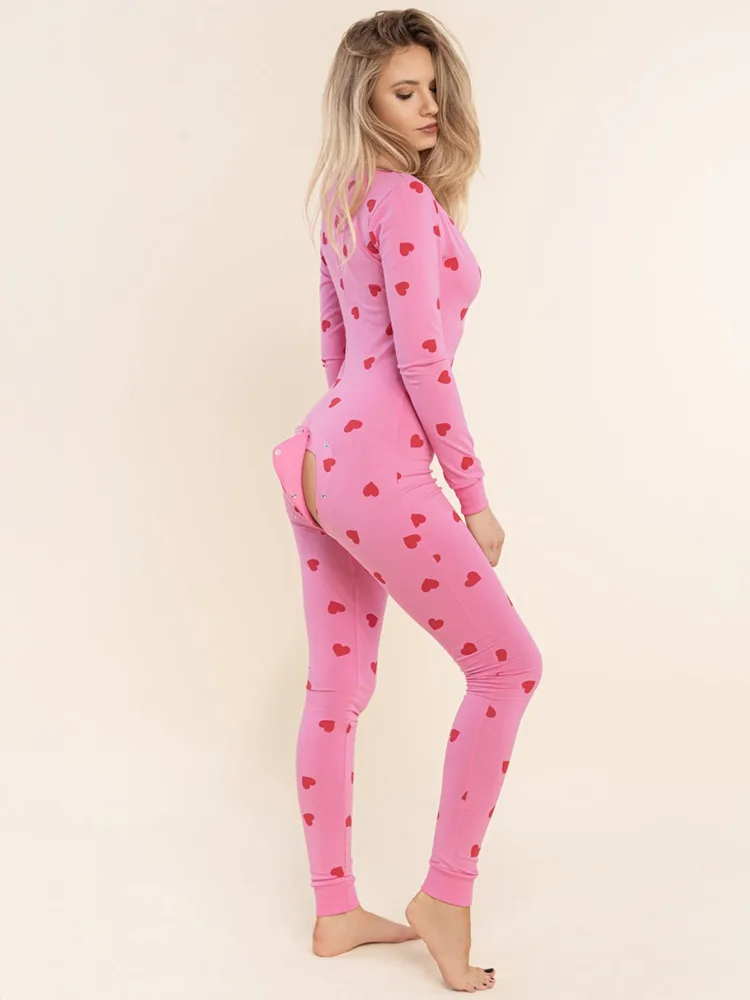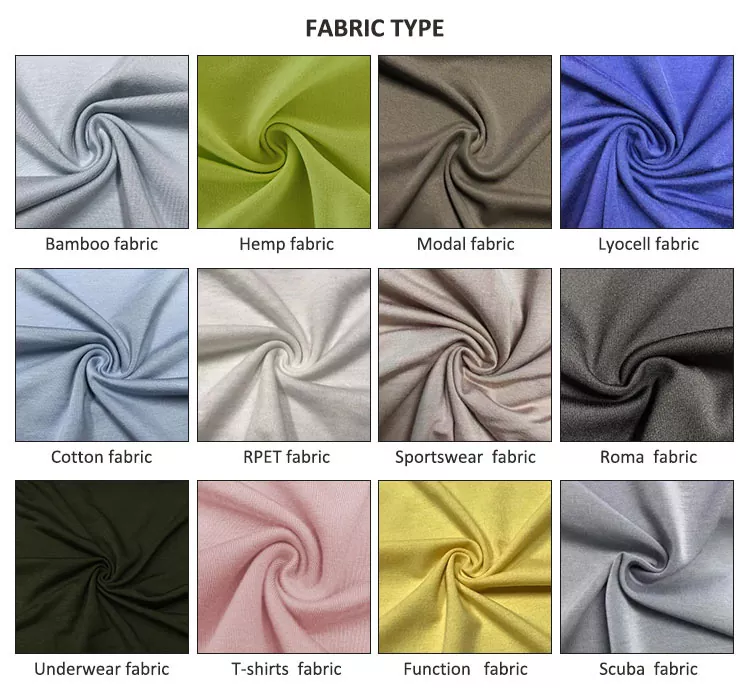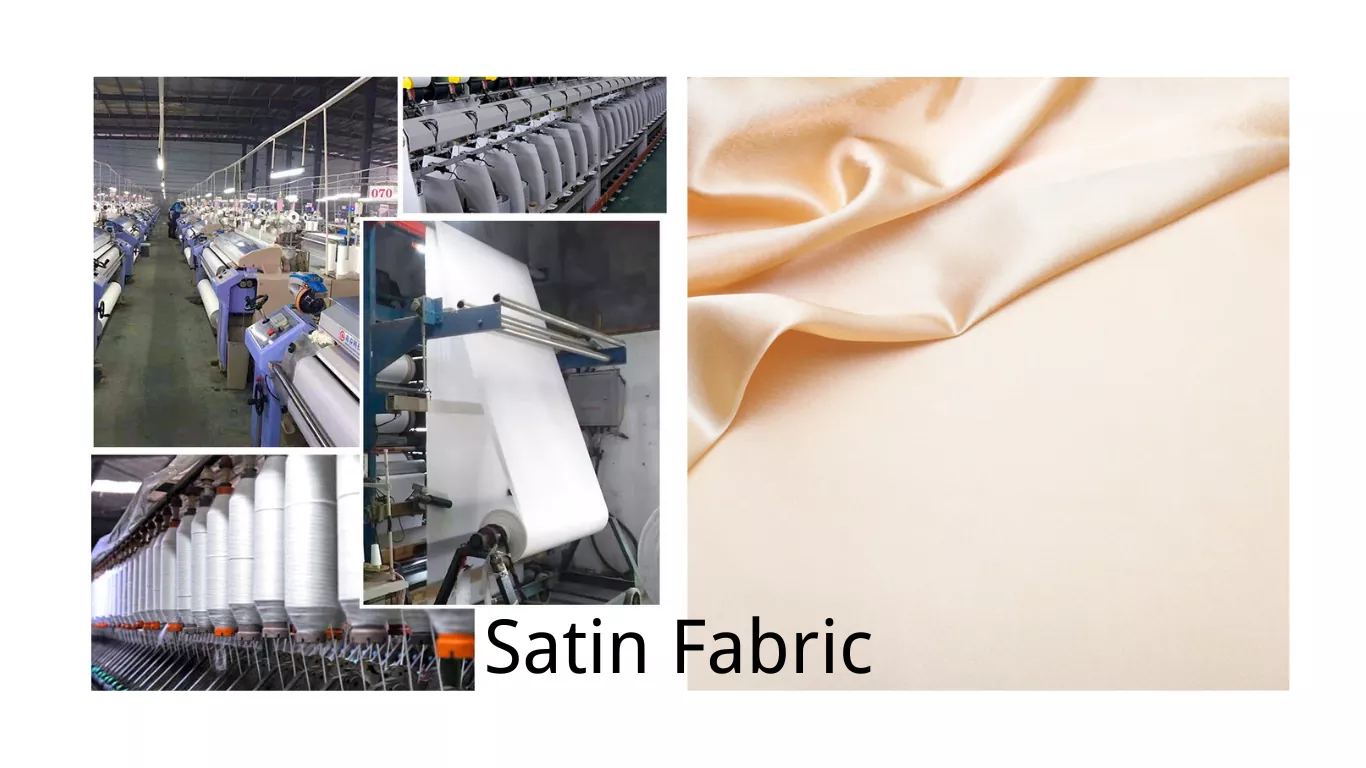解き放たれた服作り:職人技と品質を体験しよう
The clothing production process is a combination of intricate stages, each of which contributes to the finished product. Central to these processes is the garment manufacturing factory where an array of activities, from cutting and sewing to dyeing and embellishments, take place. These factories are hubs where careful planning and meticulous attention align to transform raw materials into wearable costumes. Manned by an adept workforce, these factories are significant in shaping the dynamics within the clothing production industry.
One cannot overstate the relevancy of a garment manufacturing factory in the clothing production cycle. It serves as the bridge linking the conceptual phase, where designs are initiated, to the end-user phase, where ready-to-wear garments meet their final consumers. Additionally, each factory has its unique production flow, efficiency measures, and quality control standards that reflect on the final product’s appeal and quality. Ultimately, these factories shape the landscape of the global fashion market, often setting pace for trends, efficiency and sustainability.
Behind the Scenes at a Garment Manufacturing Factory
Stepping into the world of メーカー garment factories unravels a fascinating blend of skilled craftsmanship, organized assembly lines, and cutting-edge technology. This environment, often unseen by the public, is bustling with the activities of trained laborers intricately involved in the transformation of raw materials into desirable fashion merchandise. Each individual plays a unique and significant role, ensuring the successful completion of each stage in the intricate process, contradiction to the popular belief that garment manufacturing is a mundane process.
These factories offer an insight into the remarkable journey a clothing item undergoes, starting from its genesis as unrefined material, being spun into yarn and woven into fabric. This fabric then embarks on a transformative journey through various sections within the factory including design, cutting, sewing, and finishing departments, before finally emerging as a finished, market-ready garment. This intensely detailed process, combined with rigorous quality checks along every step of production, not only involves manual labor but also incorporates modern machinery and systems, reflecting the dynamism and complexity inherent in garment manufacturing.
Understanding the Role of a Garment Manufacturing Company

The operational backbone of the fashion industry stems from the meticulous functions of a garment manufacturing company. Essentially, these companies take the dynamic visions of designers and transform them into tangible pieces ready for the market. This complex process that begins with a mere conceptual design requires a diverse range of skills such as 型紙作成, sample creation, fabric sourcing, and ultimately full-scale production. The entire value chain of the garment industry is inextricably linked to the proficiency and efficiency of these manufacturing units.
A manufacturing garment factory plays a potent role not only in interpreting and replicating designer concepts but it also ensures product quality and consistency. This sophisticated operation includes an array of other intricate procedures such as precise cutting, expert stitching, and meticulous finishing, thus giving birth to a ready-to-wear piece from a mere concept. Each garment is closely inspected and quality checked to ensure that it reaches the retailer in impeccable condition. The immense contribution of a garment manufacturing company cannot be undermined, given they serve as the transforming agent between the designer’s vision and the consumer’s wardrobe.
The Journey of a Piece of Clothing: From Raw Material to Finished Product
The process of creating a piece of clothing is a highly intricate journey that begins with the sourcing of raw materials. This initial stage includes the production of natural fibers, such as cotton, wool, or silk, or the development of synthetic materials like polyester. Once these materials have been harvested or formed, they will then undergo a transformation process including spinning, knitting or weaving, and dying to create the fabrics used in the production of garments.
Following the preparation of raw materials, the created fabric is transported to a garment factory. Here, patterns are carefully drafted, and skilled craftsmen cut and stitch the pieces together to generate the preliminary form of a garment. The clothing manufacture process doesn’t stop there, though: sequent steps involve potential embellishment, quality checks, and the pressing of the finished product. Overall, the journey of a piece of clothing proves to be a complex procedure that blends artistry with precision – a testament to the intricacies of the clothing production world.
Role of Skilled Artisans in the Clothing Industry
の領域では 衣料品製造, skilled artisans occupy a critical position that significantly impacts this global industry. Their exquisite craftsmanship, honed through years of experience, play an instrumental part in setting a designer’s vision into tangible reality. Artisans can transform a raw piece of fabric into a masterpiece of wearable art, which becomes a statement of style and personality for the consumer. Particularly in the context of garment factory manufacturing in China, the expertise of these workers is immensely valuable to maintain the country’s long-standing dominance in the field of apparel manufacturing.
Excellence in craftsmanship assures quality in the end product, an aspect that a mechanized process cannot emulate no matter how sophisticated it might be. Even as automation and technology play an ever-increasing role in the garment industry, nothing can replace the accuracy, understanding, and creativity of a human artisan. Focusing on garment factory manufacturing in China, it is the finesse of these skilled workers that renders an unmatched competitive edge to the Chinese clothing industry over the others, ensuring its continued commercial success in the global apparel market.
High Standards of Quality Control in Clothing Production

At the heart of every successful piece of clothing is adherence to rigorous standards of quality control. This process commences right at fabric selection stage, extending to the finalization of the finished product. Before even stepping into a “garment factory near me”, one should realize that these standards are not just a commitment to produce high-quality garments, but a pact with consumers trusting those products to meet and exceed their expectations.
品質 control in clothing production is not merely checking the final product for flaws. It encompasses the comprehensive monitoring of every step in the manufacturing process. In a “garment factory near me”, you will find dedicated teams ensuring a consistent level of quality through measures like fabric inspection, color consistency checks, size fit inspections, and end-product testing. The importance of such high standards cannot be overstated in an industry where consumer satisfaction is paramount.
In the clothing production industry, high standards of quality control are maintained through several key steps:
• Fabric Selection: The process begins with careful selection of fabrics. Quality control teams ensure that only the best materials are used for manufacturing, thus setting a strong foundation for the finished product.
• Color Consistency Checks: Maintaining uniformity in color is crucial to uphold brand image and customer satisfaction. Regular checks are carried out to maintain consistency and avoid any discrepancies in different batches of products.
• Size Fit Inspections: Ensuring accurate sizing is another important aspect of quality control. Teams conduct size fit inspections at various stages of production to guarantee that all garments meet specified measurements.
• End-Product Testing: Finally, each piece undergoes rigorous testing before it leaves the factory floor. This includes checking for defects like loose threads or misaligned buttons and ensuring overall durability and comfort.
The high standards set by a “garment factory near me” not only result in superior-quality products but also contribute significantly towards building trust among consumers. In an industry where competition is fierce, maintaining these stringent quality controls can be pivotal in securing market share and achieving long-term success.
Quality Control Measures:
◦ Routine inspection throughout every stage
◦ Use of state-of-the-art technology for precision
◦ Training programs for workers on latest QC techniques
◦ Implementation of standardized procedures across all units
By adhering strictly to these measures, clothing manufacturers can ensure that their products consistently meet consumer expectations while upholding their own reputation for excellence within the industry.
The Impact of Modern Technology on Garment Manufacturing
In the context of a garment manufacturing company, the integration of modern technology has radically transformed processes ranging from design to production, distribution, and sales. 3D printing technology, for instance, allows designers to create prototypes of garments and accessories with an unseen level of detail and precision. CAD (Computer-Aided Design) software radically enhances the design process by providing designers with more accurate and efficient tools, consequently shortening production times and reducing costs.
On the 生産ライン, Digital Fabric Printing gives manufacturers more flexibility regarding the customization of textiles. Cutting and sewing procedures have also been automated, with CNC (Computer Numeric Control) machines making precision cuts and high-speed sewing machines significantly enhancing production speed. Furthermore, smart garments embedded with microchips and sensors are providing innovative possibilities for the fashion industry. In essence, modern technology has become an integral part of any forward-thinking garment manufacturing company, driving efficiency, reducing waste, increasing profitability, and revolutionizing the sector in profound ways.
Finding a Local Garment Factory Near Me
Whether you’re a budding fashion designer ready to produce your first collection, or a savvy clothing retailer looking to minimize your supply chain, seeking out a local garment factory can offer numerous benefits. A proximity to manufacturing points allows for frequent visits, immediate problem solving and increased transparency in the production process. This physical proximity fosters better communication, influences the product’s quality and ensures a brisk delivery timeline.
Before you initiate your search for a nearby garment manufacturing facility, familiarize yourself with the specific needs of your project. Understanding the materials required, the level of craftsmanship needed, and the desired completion date is crucial. Conducting a thorough research will often reveal numerous local manufacturers, each with their own unique qualities. Assess their proficiency, scrutinize their quality standards, and gauge their technological advancements to ensure the most suitable fit for your clothing line.
Sustainable Practices in the Clothing Manufacturing Industry

As the international fashion industry grapples with mounting concerns about its environmental footprint, garment manufacturers are increasingly adopting sustainable practices. Key players in the industry are reshaping their production process to encompass the principles of ecological responsibility and ethical labour practices. They are diverting from the ‘take, make, waste’ product lifecycle and moving towards a circular economy model that puts reuse, repair, renew and recycle at its heart. These initiatives significantly reduce waste generation, conserve natural resources, and minimize the ecological impact of clothing production.
Innovative sustainable practices in garment manufacturing range from using eco-friendly raw materials to incorporating energy-efficient production techniques. More manufacturers now source raw materials that are ethically grown, organic, or recycled; contributing to biodiversity preservation and reduced use of pesticides and fertilizers. They are also investing in advanced technologies such as 3D digital design and automation that offer precision, efficiency, and reduce material wastage. These progressive actions reflect a transformative shift in the clothing industry, paving the way for a more sustainable future.
Challenges and Opportunities in the Garment Manufacturing Sector
Navigating the turbulent seas of the garment manufacturing sector requires a fine balance of overcoming obstacles and harnessing existing potential. Among the significant challenges faced by the industry are ever-changing fashion trends, escalating demand for fast fashion, and maintaining competitive pricing. An added complexity is the increasing consumer awareness about social and environmental issues associated with garments’ production, a factor that presses companies to prioritize sustainability. Contending with these challenges requires innovative strategies, efficient operational management, and adherence to ethical business practices.
However, intertwined with these challenges, are the ample opportunities that hold the potential to drive growth in the garment manufacturing sector. Technological advancements, such as automation and artificial intelligence, for instance, offer ways to increase operational efficiencies and improve production speed. The global market’s expanding reach, thanks to digital marketing and e-commerce platforms, widens the customer base for manufacturers. Similarly, the growing consumer concern for the environment potentially opens the doors for businesses focusing on sustainability, ethical sourcing, and manufacturing. From this perspective, the future seems promising for those who can adeptly maneuver the obstacles and capitalize on the potential in the garment manufacturing industry.
よくあるご質問
衣料品製造会社の役割とは?
A garment manufacturing company is responsible for the entire process of producing clothing items. This includes sourcing raw materials, designing, cutting, sewing, quality control, and ultimately delivering the finished product to retailers or distributors.
How does a piece of clothing journey from raw material to finished product?
The journey of a piece of clothing begins with the sourcing of raw materials such as cotton or synthetic fibers. These materials are then processed and woven into fabric. Designers then create patterns which are cut and sewn together to form the clothing item. The finished product undergoes quality control before it is packaged and delivered.
What is the role of skilled artisans in the clothing industry?
Skilled artisans are crucial in the clothing industry, particularly in high-end fashion and bespoke tailoring. They bring unique skills and creativity to the manufacturing process, often working by hand to create intricate designs and details that machines cannot replicate.
How does modern technology impact garment manufacturing?
Modern technology has had a significant impact on garment manufacturing, improving efficiency, precision, and scalability. This includes computer-aided design and manufacturing systems, automated cutting and sewing machines, and advanced quality control technologies.
What should I consider when finding a local garment factory?
When finding a local garment factory, it’s important to consider factors such as the quality of their work, their capacity to meet your production needs, their use of ethical and sustainable practices, and their location in relation to your business.
What sustainable practices are being implemented in the clothing manufacturing industry?
Sustainable practices in the clothing manufacturing industry include using eco-friendly materials, reducing waste during the production process, implementing energy-efficient operations, and ensuring fair labor practices.
What are some challenges faced by the garment manufacturing sector?
Challenges in the garment manufacturing sector include maintaining high quality standards, adapting to fast fashion trends, navigating fluctuations in raw material costs, dealing with labor issues, and managing environmental impacts.
What are some opportunities in the garment manufacturing sector?
Opportunities in the garment manufacturing sector include the incorporation of new technologies to improve efficiency, the adoption of sustainable practices to meet consumer demand, and the exploration of new markets and niches within the fashion industry.




